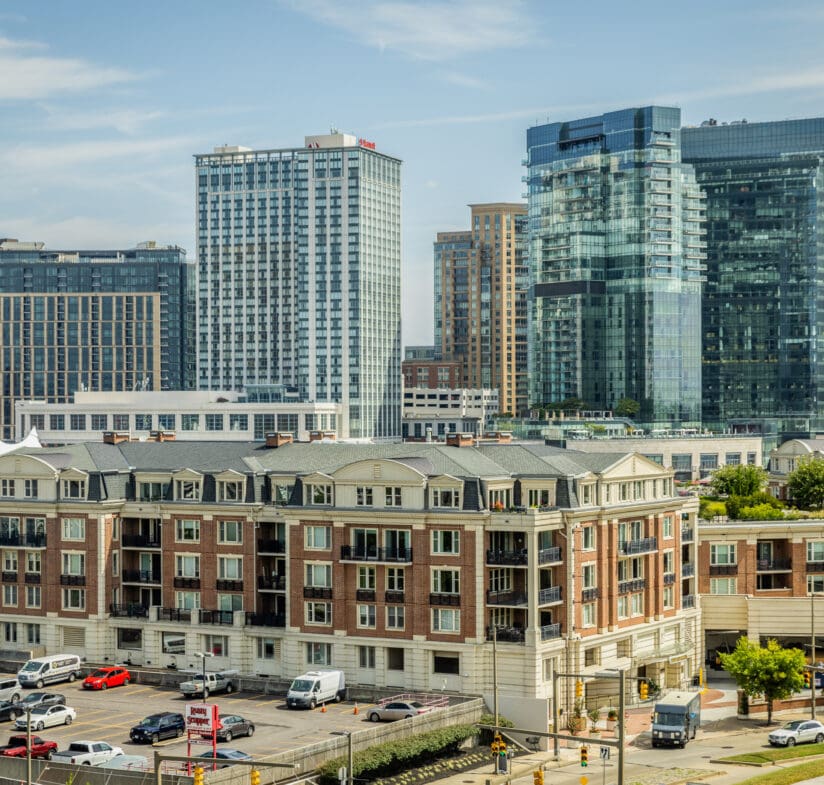The Economic Development Potential of the Red Line: The Case for East-West Transit Investment in Baltimore
Publish Date: November 2024

 Download Report »
Download Report »
The Red Line would provide a needed East-West Light Rail Transit (LRT) line to connect communities and assets across the Greater Baltimore region from Bayview to Woodlawn. These additional connections will support economic growth and regional mobility. There is tremendous economic potential along the routes currently under consideration. This study demonstrates that the Red Line could drive additional development along the corridor and provide increased access to opportunity, including to the more than 16,000 residents of the station catchment areas without cars.
In 2022, the Greater Washington Partnership (the Partnership) and the Greater Baltimore Committee (GBC) launched a joint initiative called Baltimore’s Transit Future to rally the region’s business and institutional community around a vision for a world-class public transit system in Baltimore that creates shared economic prosperity and catalyzes inclusive growth.
The Red Line represents an important step toward realizing this vision and the creation of a connected transportation system that can support the Baltimore region’s growth and its ability to attract residents to live, work, play, and build a business.
This study identifies the potential for up to $19 billion in new economic activity associated with the construction and operation of the Red Line and $12.4 billion in additional economic growth that could occur from Transit-Oriented Development (TOD) along the route.
While this is a significant opportunity in the near-term, policymakers should also consider how to maximize long-term inclusive economic growth around the Red Line, including policies to protect current residents and businesses along the route, and identifying opportunities to add additional affordable housing and commercial space. We provide three recommendations for policymakers to maximize these opportunities.